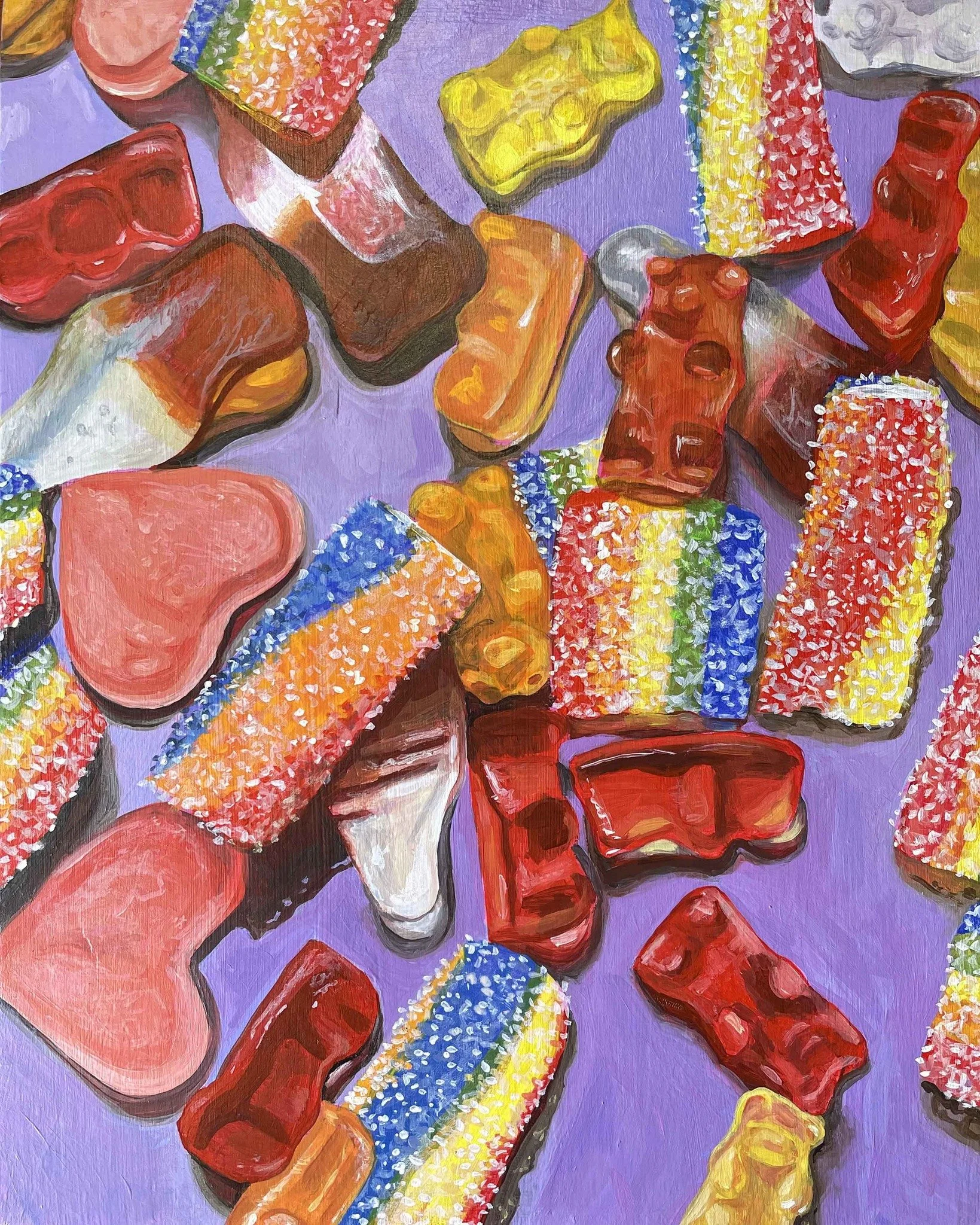
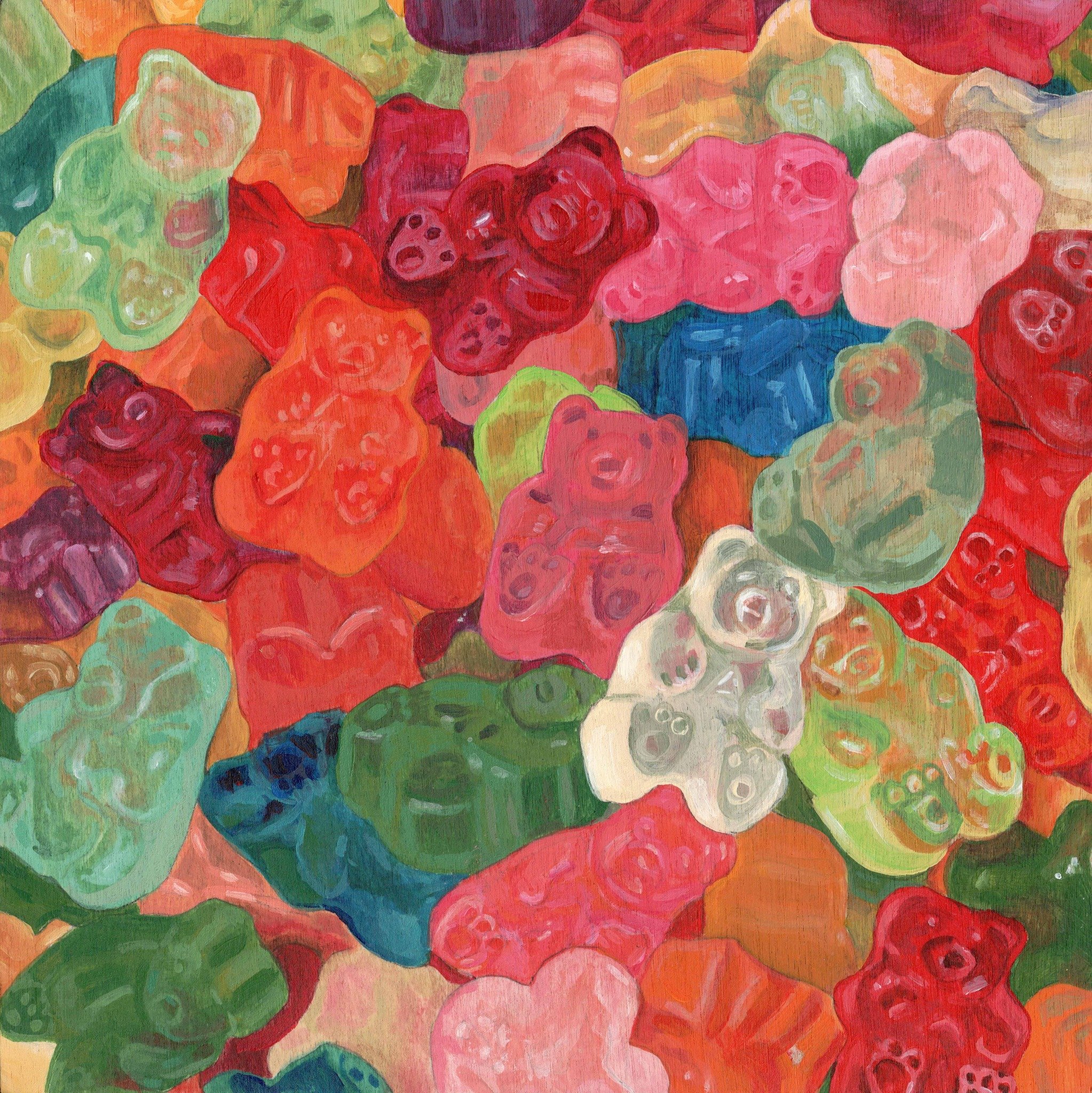

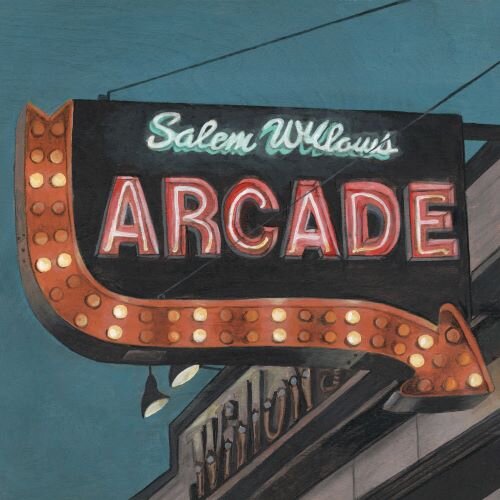
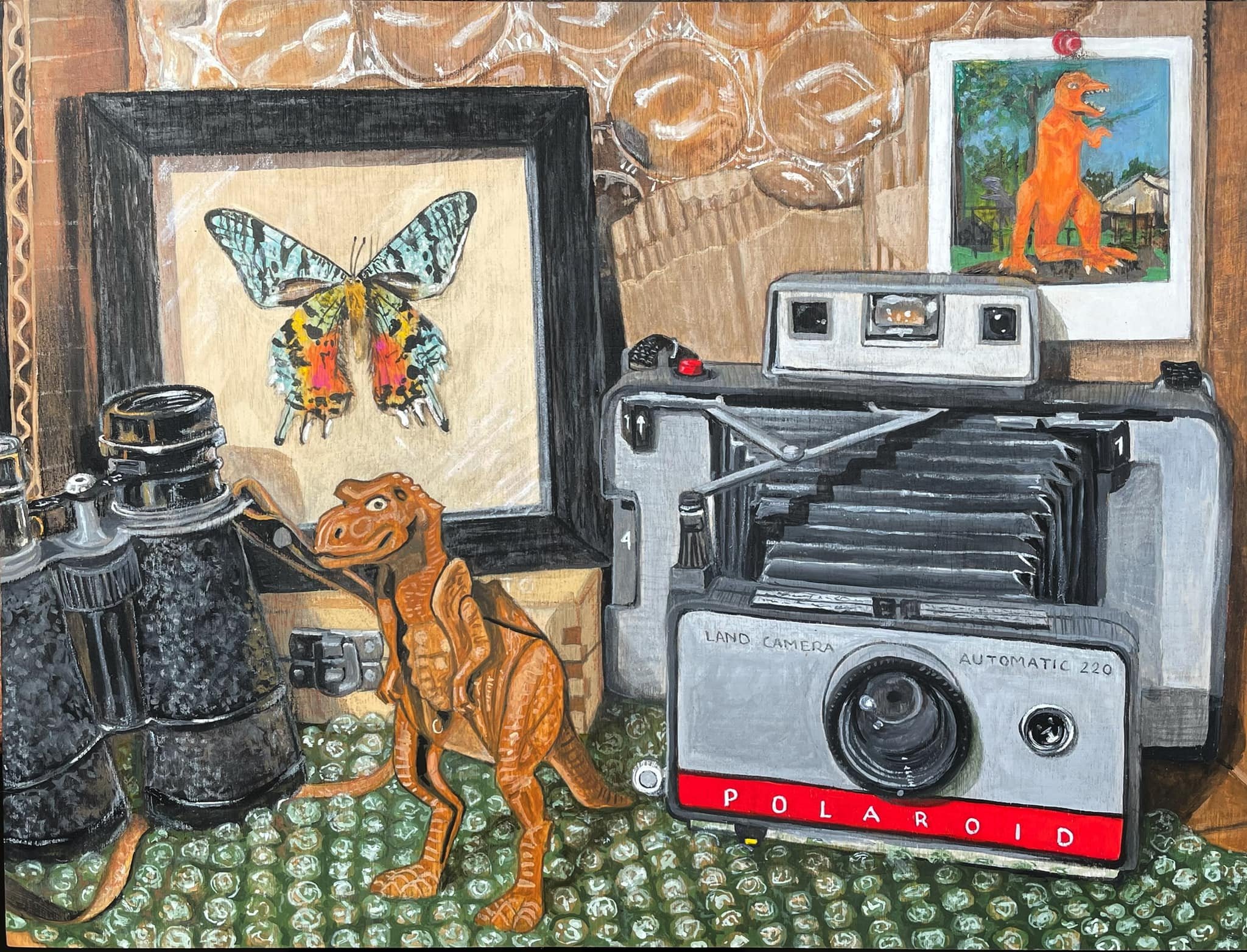
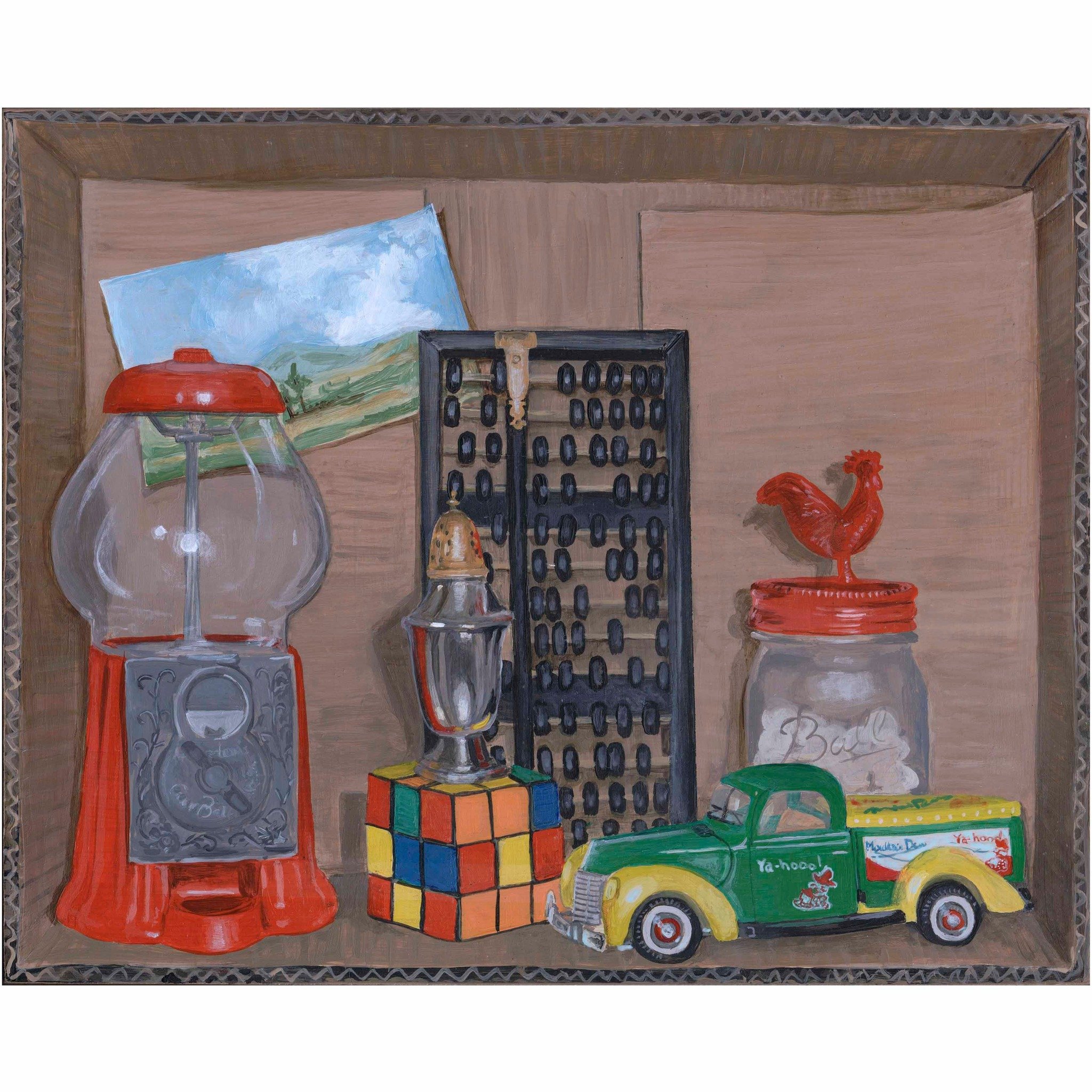
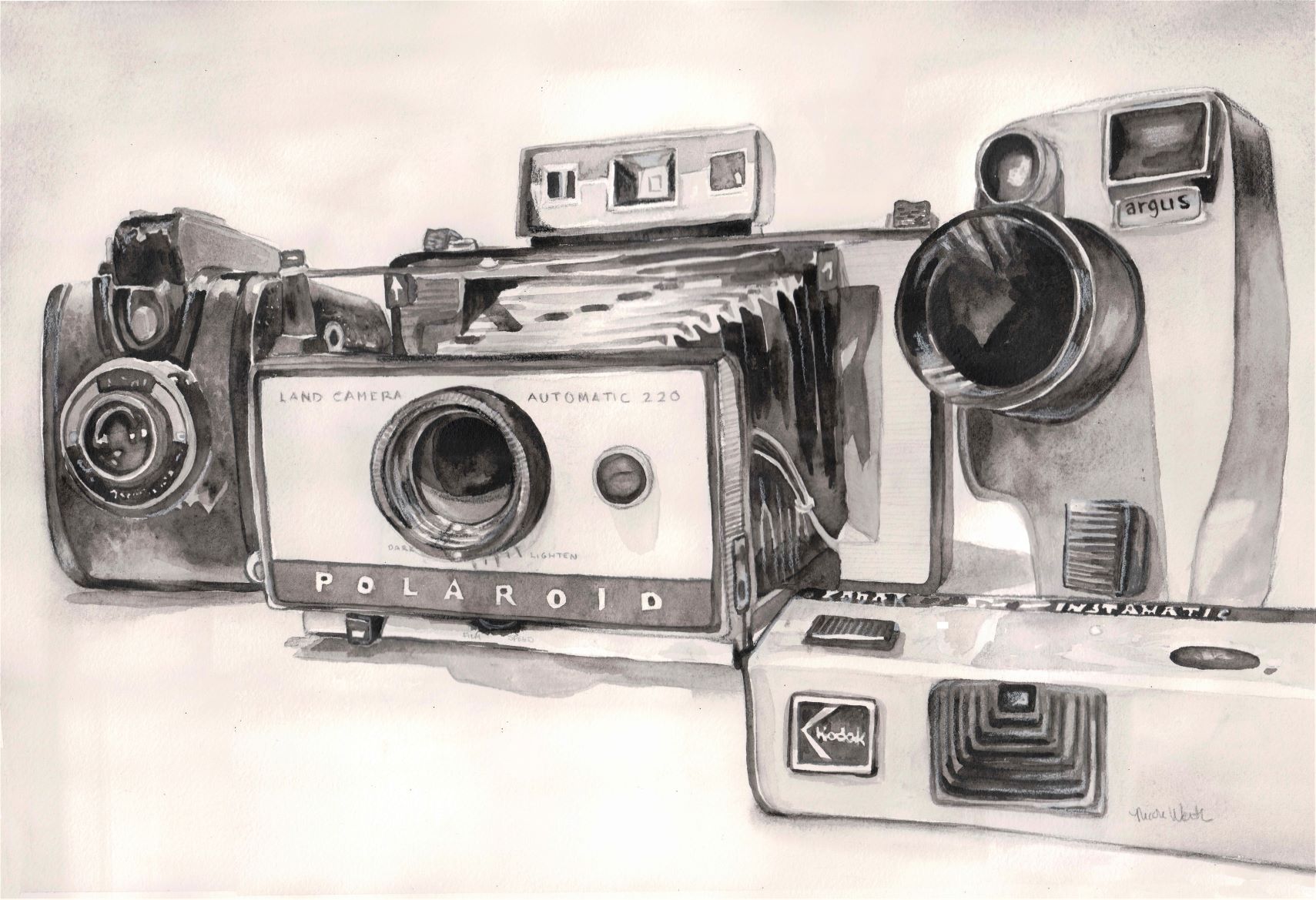
I am a Lynn based artist who tries to explore the joy and fun of life, but is all to aware of the dark side of this world. Themes of nostalgia, childhood, and understanding of place play with the realities of climate change, plastic waste, and disposable culture.